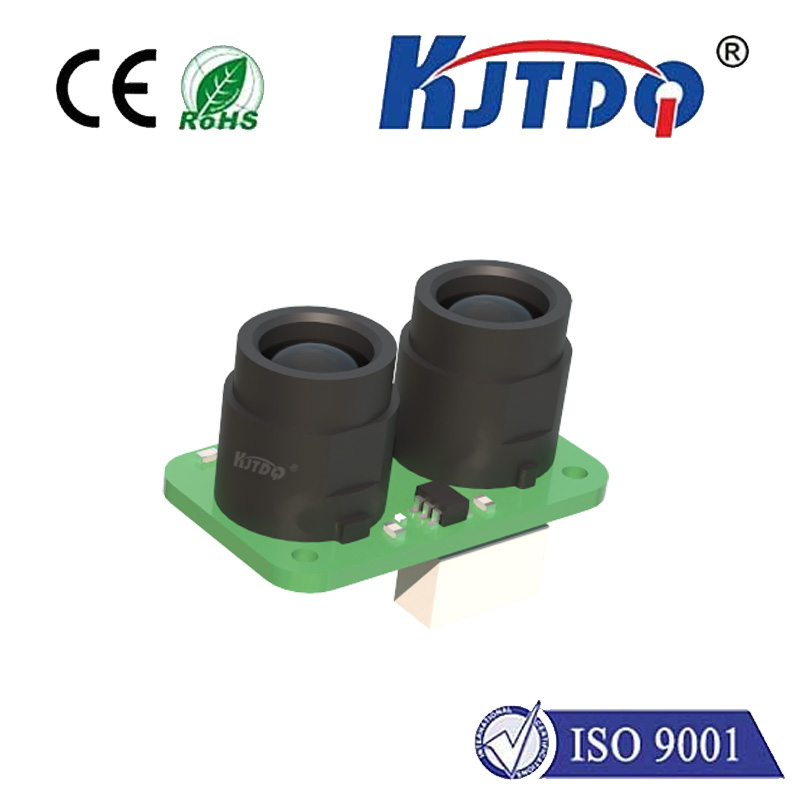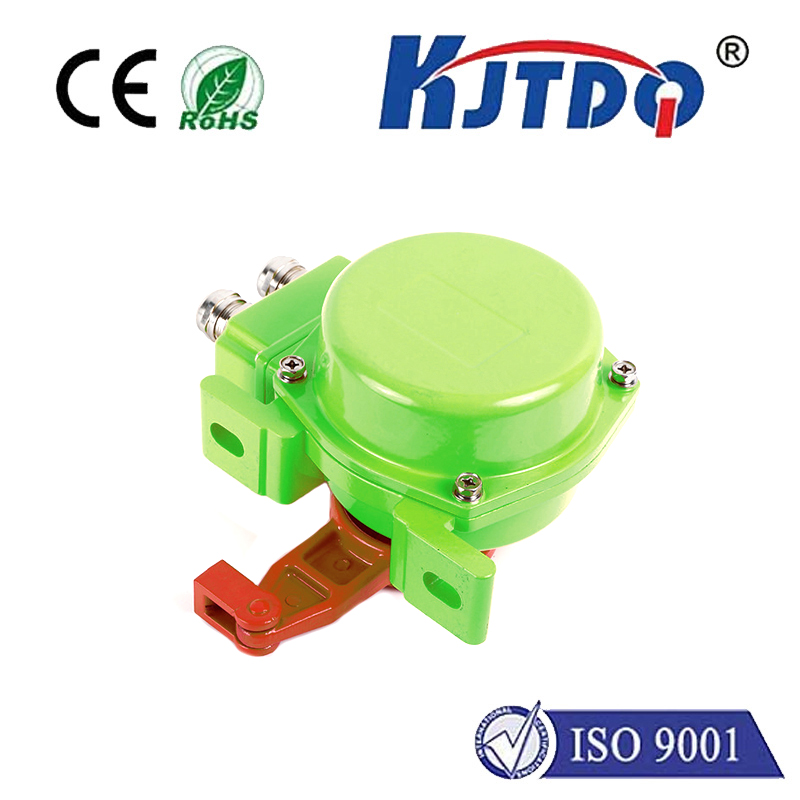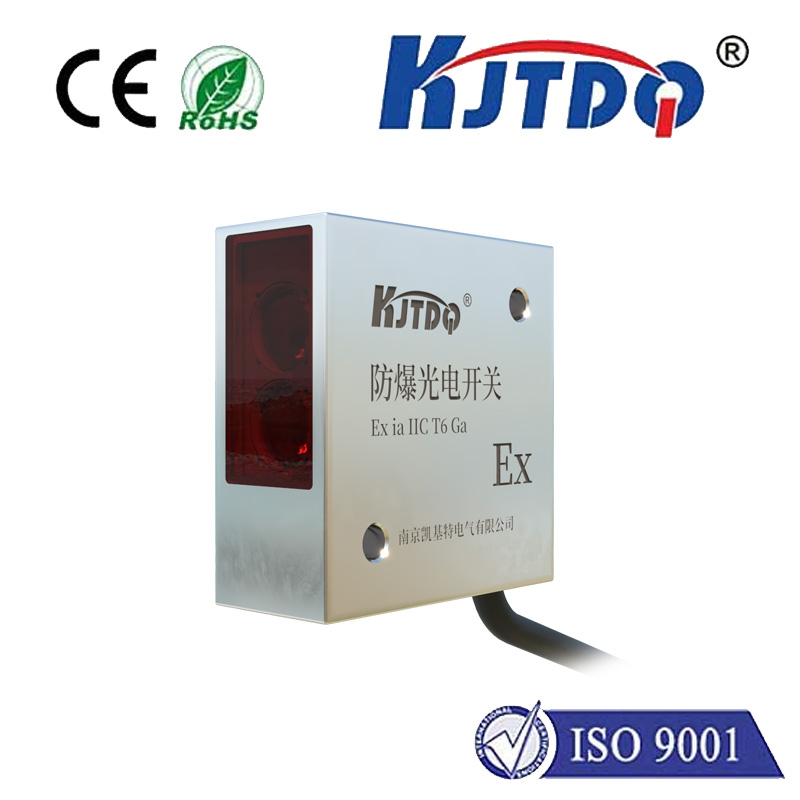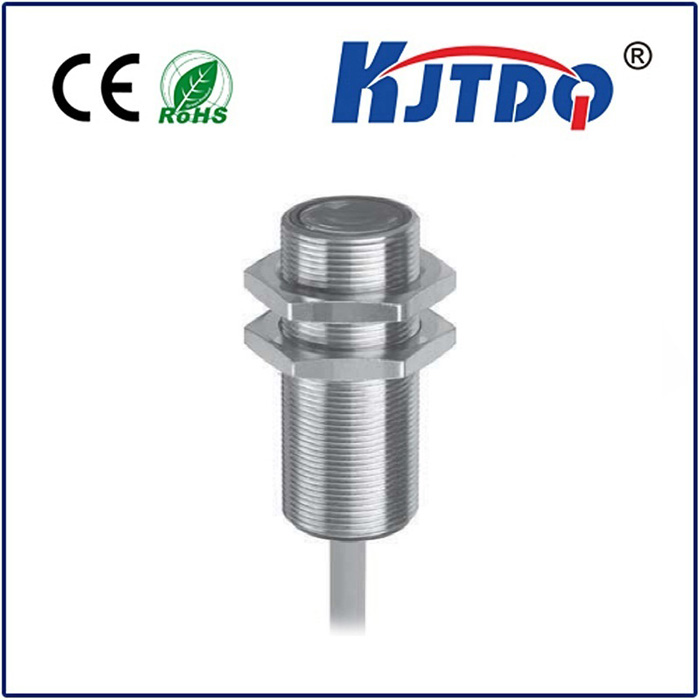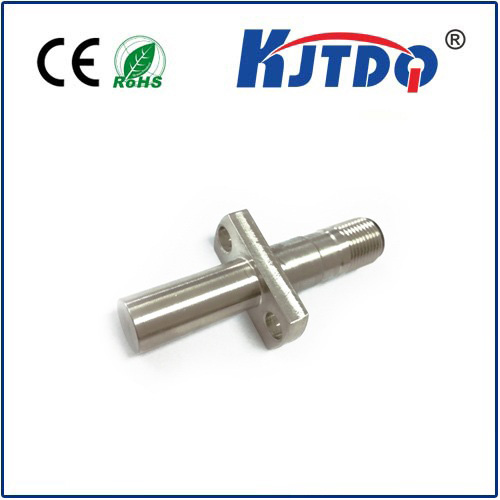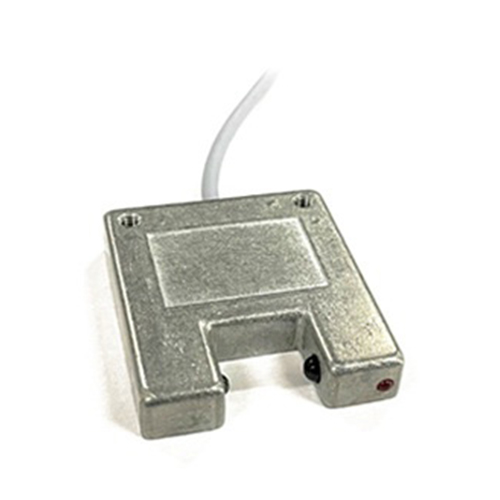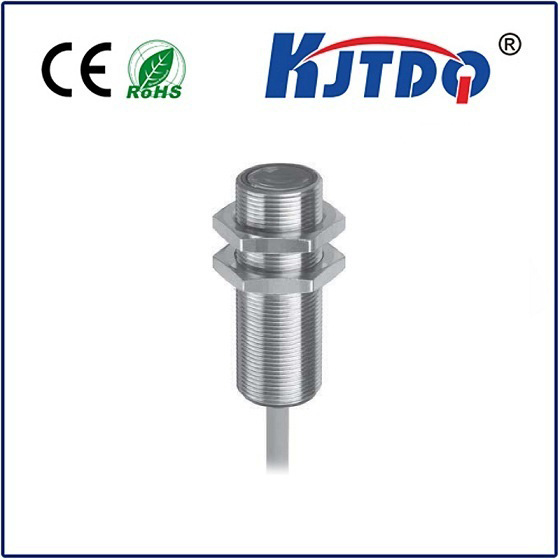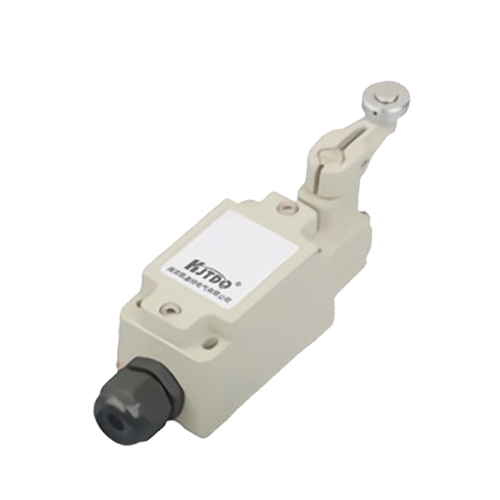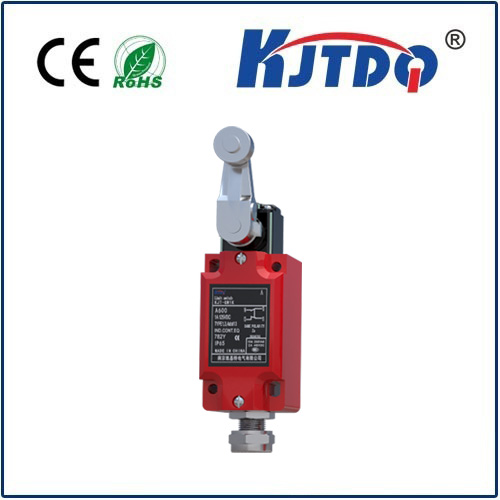

check

check

check

check

check

check

check

check

check

check
Imagine a critical assembly line process requiring flawless detection of pallets entering a staging zone, or a complex packaging machine needing to verify the presence of tall boxes on an elevated conveyor. In these demanding industrial scenarios, distance matters. Standard sensors falter, leaving gaps in automation and risking costly errors. This is precisely where specialized long-range photoelectric sensors, like the E3AS-HL500LMN, step into the spotlight, offering reliable detection capabilities where others simply can’t reach. Designed for challenging applications demanding extended sensing distances, this sensor provides a robust 2-meter solution, bridging the gap between standard sensors and complex, expensive alternatives.
Photoelectric sensors are fundamental workhorses in industrial automation. They work by emitting a beam of light (visible or infrared) towards a target. The sensor then detects changes in the received light – either its presence (through-beam), reflection (retro-reflective), or absence (diffuse reflective) – to determine an object’s presence or position. While incredibly versatile, standard diffuse reflective sensors typically max out at ranges well below a meter, especially in less-than-ideal conditions involving dark targets, dusty environments, or strong ambient light interference. Long-range variants like the E3AS-HL500LMN overcome these fundamental limitations.

So, what makes the E3AS-HL500LMN stand out in the crowded field of photoelectric sensors? Its defining feature is a guaranteed 2-meter (approximately 6.5 feet) sensing range. This extended capability opens doors to entirely new categories of applications:
Achieving reliable long-range object detection consistently requires sophisticated engineering. The E3AS-HL500LMN employs high-power light emission combined with highly sensitive receivers to maximize signal strength over distance. Crucially, it utilizes advanced pulse modulation technology. Instead of emitting a continuous beam (susceptible to interference from ambient light sources like sunlight or factory lighting), it rapidly pulses its light signal. The sensor’s receiver is finely tuned only to recognize and respond to this specific pulsed frequency, effectively filtering out random background optical noise. This intelligent modulation is key to maintaining stability and accuracy across its full 2-meter operating range, even in electrically noisy or brightly lit industrial settings.
Beyond its impressive range, the E3AS-HL500LMN is engineered for reliability in harsh conditions. Its rugged housing typically offers a high IP67 rating (Ingress Protection), meaning it’s completely dust-tight and can withstand immersion in water up to 1 meter deep for 30 minutes. This makes it suitable for demanding environments like washdown areas, foundries, outdoor installations, or dusty warehouses. Enhanced resistance to electromagnetic interference (EMI) ensures stable operation near motors, welders, or variable frequency drives. Many variants feature built-in sensitivity adjustment potentiometers, allowing fine-tuning directly on the sensor to compensate for varying target colors, surface finishes, or slight mounting misalignments, ensuring optimal performance without needing external controllers. The sensor’s compact design also facilitates installation flexibility in space-constrained locations.
The impact of integrating a long-range photoelectric sensor like the E3AS-HL500LMN is tangible:
Choosing the appropriate sensor technology is critical. While proximity sensors excel at very close ranges and through-beam sensors offer maximum range and reliability (but require two components), the E3AS-HL500LMN occupies a crucial niche. It delivers significant range extension beyond standard diffuse sensors while maintaining the convenience of a single-unit installation, making it a powerful tool for specific engineering challenges where 2 meters is the operational sweet spot. When the application demands reliable detection across moderate distances within the constraints of mounting simplicity and environmental resilience, this long-range photoelectric sensor proves its worth as an indispensable component in modern industrial automation, logistics, and material handling systems. Its unique blend of range, robustness, and reliability provides engineers with a versatile tool to solve complex detection problems effectively.
